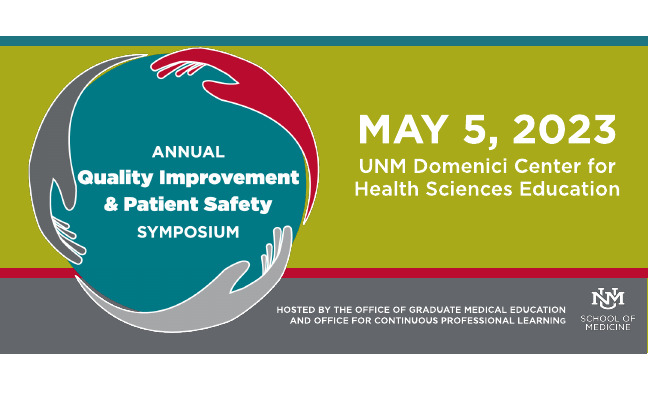Document Type
Poster
Publication Date
3-6-2020
Abstract
Introduction: Protein calorie malnutrition is the most common form of nutritional deficiency among patients who are hospitalized in the U.S. Malnutrition is a significant indicator for severity of illness and expected mortality measures. Previous audits have shown that malnutrition at UNMH is grossly under-recognized, with 4.7% of inpatients diagnosed at discharge compared with a national inpatient malnutrition prevalence of 20-50%. To improve the ultimate coding of a diagnosis of malnutrition, an interdisciplinary process has been developed. The nurse intake malnutrition screening assessments has been updated to be more sensitive, local consensus guidelines have been developed for malnutrition diagnosis and severity classification, and a workflow was created to get from malnutrition screen to dietitian assessment, then to provider documentation (see Fig. 1) and ultimately documentation coding. To measure the impact of these changes, an audit was performed.
Materials/Methods:The study population consists of all adult inpatient or short-stay patients first admitted to either 4-West or 5-West over a three-month period from 08/18/2019 to 11/18/2019. Data were pulled from Powerinsight, a database querying tool that accesses information from Powerchart, and additional fields were populated by manual chart review. Analyses were done to assess the completion of each step in the malnutrition capture process.
Results: A total of 126 patients were first admitted to either 4- or 5-West during the study period. Of these, 56 patients (44%) had the initial nursing malnutrition screen completed. Of the patients with a completed malnutrition screen, 19 patients (33%) had dietitian consult orders placed. All consult orders resulted in a completed consult note. Of the patients seen by a dietitian, 8 cases of malnutrition were identified (42%), 6 of which were severe protein-calorie malnutrition. The note was forwarded to an attending physician 5 times (62.5%) and signed in each instance, but providers only used the institutionally approved verbiage in 3 cases (37.5%). In one of the 8 (12.5%) instances in which the dietitian identified malnutrition, the diagnosis did not end up on the discharge summary.
Conclusions: The percentage of patients with a discharge diagnosis of malnutrition increased from around 5% up to 10% with the new process. Opportunities for improvement identified by the audit include a high proportion of patients not receiving the initial malnutrition screen and providers not signing the nutrition note with the appropriate institutionally approved addendum. Further efforts will focus on educating nurses, dietitians, and providers about the appropriate steps and ideally creating a dashboard showing where an individual patient is currently in the workflow.
Recommended Citation
Langsjoen, Jens; Anthony Worsham; Alyse Raboff; and Samantha Paltrow-Krulwich. "Improving Recognition of Malnutrition at UNMH." (2020). https://digitalrepository.unm.edu/hsc_qips/18


Comments
Presented at the University of New Mexico Health Science 2020 Annual Quality Improvement and Patient Safety Symposium